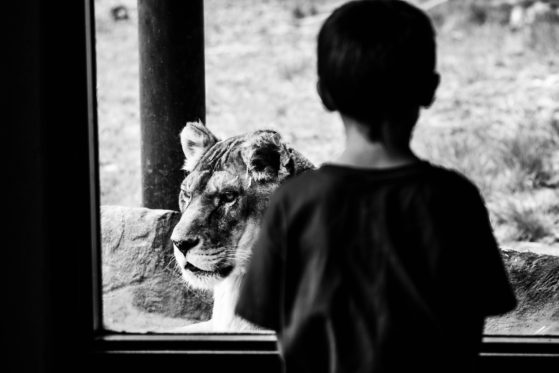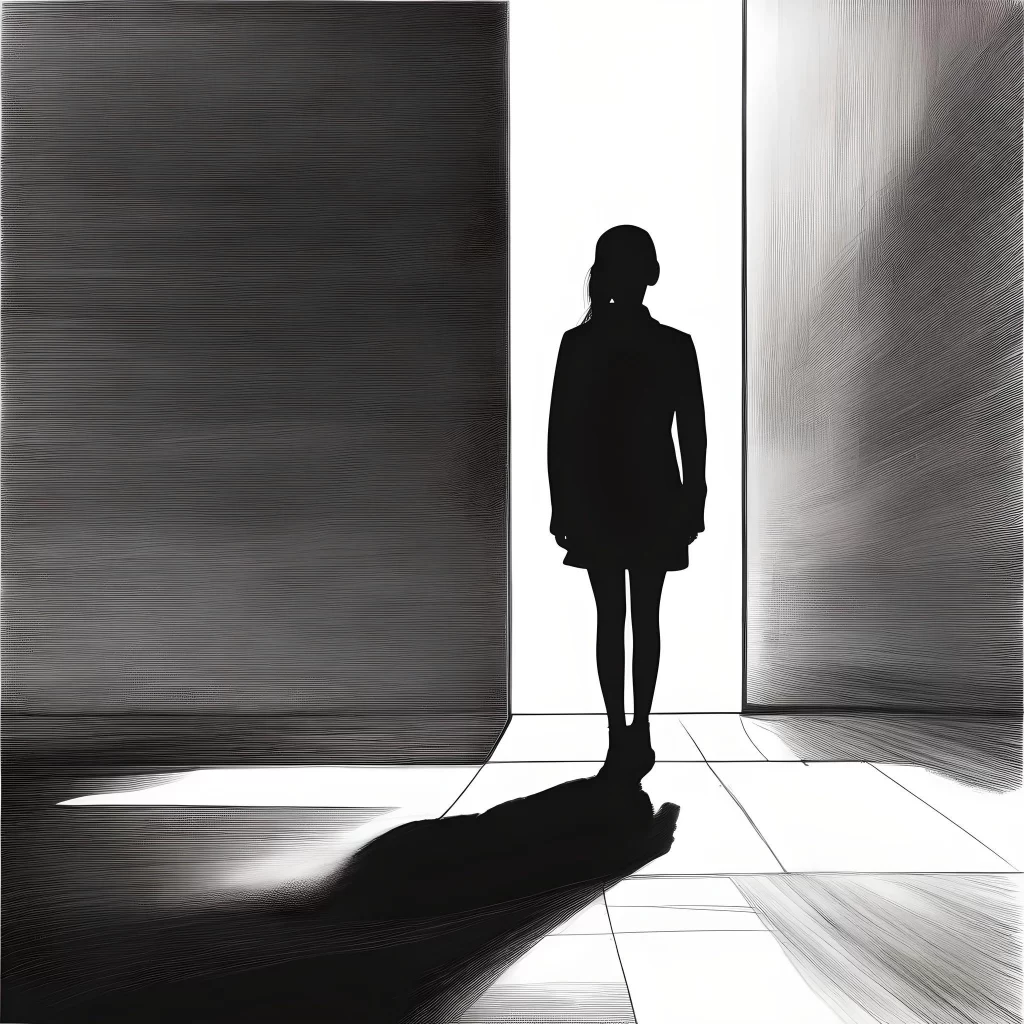Your day started just like any other day. You woke up on the same side of the bed. You grabbed your phone to look at the time and ensured you were in the clear. You have some time to kill. You start checking your notifications and lose track of time doom scrolling through social media. No big deal. Nothing new. Nothing special. Nothing out of the ordinary. And then, IT happened. The unexpected. The untimely. The unforeseen. Maybe you got a call from the doctor informing you about a medical diagnosis. Maybe you witnessed a freak accident or were involved in one on your way to work. Perhaps you were robbed or physically and sexually assaulted before you even got a chance to get out of bed. Maybe you stopped to help a stranger and was stabbed instead. Maybe something else entirely – whatever it was – the result is the same: It changed you.
You’re angrier. You’re anxious. You’re irritable. Easily triggered. You’re more reactive to others and situations that used to not bother you. You’re hyper-vigilant of your surroundings. You’re always worried. You’re having nightmares or flashbacks. You struggle to fall asleep and stay asleep. And you’d do just about anything to protect yourself from experiences that may pose a threat to your very existence. Or perhaps, you have the urge to escape and find refuge in solitude. These all could be summed up as a “trauma response.”
Trauma is distress without a resolution.
These are all real experiences that’s very familiar to anyone who has struggled with or is struggling with post-traumatic stress disorder (PTSD) and other forms of anxiety. Traumatic events have a way of unleashing something in us – a beast or a monster– born out of fear, pain and trauma. Most of us, naturally, wants to get rid of the trauma response. But these symptoms and signals exist to get your attention. Paradoxically, the symptoms, such as PTSD and anxiety, are actually trying to protect you. Fear and anxiety act as a warning system that can help us decide what to do in a particular situation. But, over time, an overactive warning system that is not regulated can lead to pathological conditions and behaviors.
The Diagnostic and Statistical Manual of Mental Disorders (5th ed.; DSM–5; American Psychiatric Association) gives the following picture about anxiety disorders: Fear is the emotional response to real or perceived imminent threat, whereas anxiety is anticipation of future threat. Obviously, these two states overlap, but they also differ, with fear more often associated with surges of autonomic arousal necessary for fight or flight, thoughts of immediate danger, and escape behaviors, and anxiety more often associated with muscle tension and vigilance in preparation for future danger and cautious or avoidant behaviors. Sometimes the level of fear or anxiety is reduced by pervasive avoidance behaviors.
Trauma is a shock to our nervous system – with the potential to affect and rewire the brain.
Unforeseen Consequences
To survive trauma requires a shift in mentality – trauma tantalizes you. It shows you the darkest sides of humanity. Trauma goes against everything you may believe to be civilized. And within that experience, a monster is awakened that acts as your protector. Once that monster is unleashed from its cage, it’s hard to go back. It does not want to go back.
Why would it?
The world is too dangerous, too cruel, too painful. Even long after the traumatic event is over, and you return to your daily life, the monster holds onto the pain and remembers the details because its singular purpose is your safety – it will do whatever it takes to prevent any future harm that may come your way. This monster – when untamed – can take on a life of its own. And when you allow yourself to feel your feelings, you can see how easily the monster can destroy everything and everyone around you. This can lead you to feeling fearful of losing control to this monster inside. And it feels safer just to shove it all down – to “contain” the emotions. Afterall, you don’t want to hurt the people around you – but it feels like you have just a few options: numb, angry or anxious.
People with unresolved trauma are in a constant state of preparation and anticipation – getting ready for the next traumatic event that may never come. By becoming preoccupied with a real, perceived or imagined threat, they hold in the fear, anxiety, rage or disappointment in the body – manifesting through muscle tension, disease, and other physiological problems. For example, the Adverse Childhood Experience study found that survivors of childhood trauma are up to 5,000 percent more likely to use drugs, attempt suicide, and suffer more illnesses.
Facing the Beast
One of the challenges of healing from trauma is the intense emotional experiences attached to it. And most of us want to get out of it – but healing requires going inward.
Just like Bruce Banner learned to make peace with the Hulk (Avengers: Infinity War) – you can learn to manage feeling out of control, while building a stronger, healthier union of the different aspects of your own personality.
How many times since your trauma have you tried to push away the painful memories and reminders? Tried to silence or numb your emotions? Relentless efforts to get rid of those reminders actually makes it harder to heal. But, just like Banner learned about his own inner monster (and as with many other trauma survivors), the solution is not to push it away – The solution and healing comes from accepting and confronting what is viewed as unwanted and undesirable parts of ourselves. It’s not about moving out, but moving inward – to understand your core self, needs, and pains. Only once you can move towards this can you restore inner balance, harmony and peace.

This is no easy task – life after tragedies or trauma is a delicate dance with your inner demons.
You are not alone. There is help.
Good trauma therapy uses evidence-based approaches to help you face the “unwanted parts” of yourself – the parts that needs the most support and care. With therapy, you can learn to step into a newfound relationship with who you are because of the worst and painful parts of your life. The truth is, the trauma changed you – you’re already different from before. But it does not have to destroy you. You can become much stronger. I have worked with many patients that have experienced horrific things – patients who were raped and left for dead, treated like an animal, robbed or locked away in the basement for most of their childhood – and seen them work on their healing. These patients found something to believe in and moved towards it. And just like the work on ourselves is a lifelong commitment, the healing process is a journey. You are forever changed by your trauma.
In the end, you learn that the beast inside IS your cure to the trauma. This part of you NEEDS you – it needs your understanding, love, and compassion– like a neglected or abused child. Healing starts there.
Please reach out for help. This is a journey you don’t have to take alone.
About Author
Albert Nguyen is a licensed psychotherapist in private practice. He specializes in providing an integrative and holistic approach to mental health care that includes personal self-care, anxiety and depression, and peak performance in children, teens and adults. Reach out for more information on how he can be of service to you here.







